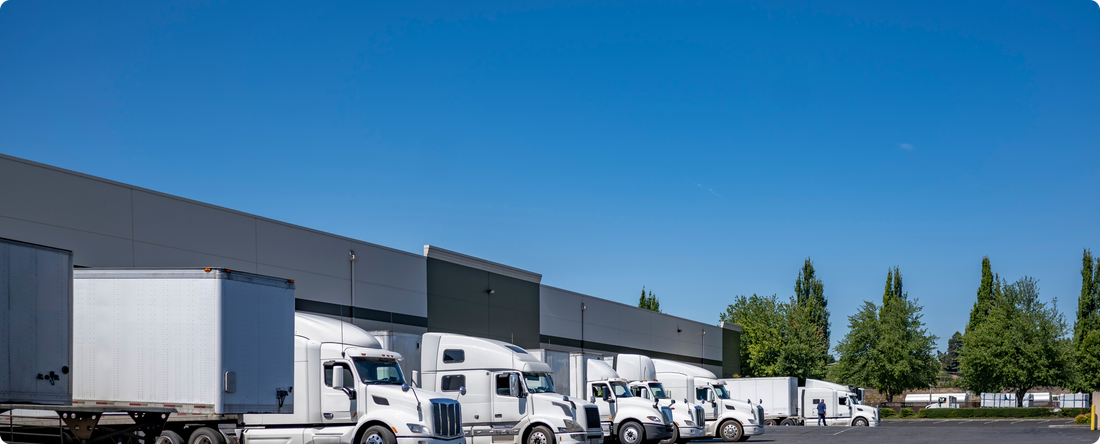Resources & Insights for Smarter Fleets

Share
Running a fleet even a handful of vans often feels like trying to keep a dozen plates spinning at once. One moment you’re focused on reducing fuel costs, the next you’re fielding a driver call about a delay, followed by a customer asking for an update. Add in the pressure of staying compliant with regulations, and it can quickly feel overwhelming.
That’s exactly why the SmartWheels blog exists: to offer practical strategies that fleet owners can put into action the same day. Our goal is to cut through the noise and give small fleet managers the kind of insights normally reserved for large logistics operations.
Cutting Idle Time (and the Fuel Bill With It)
Fuel remains one of the biggest expenses for any fleet. A van idling for just an hour can waste nearly a gallon of fuel multiplied across multiple vehicles, that adds up fast.
Simple practices, like training drivers to shut off engines during long waits or using telematics tools that flag extended idle time, can reduce costs significantly. One small fleet owner told us that after introducing idle alerts, his monthly fuel bill dropped by nearly 12%.
The Delivery Metrics That Actually Matter
It’s tempting to track dozens of numbers, but not all of them drive performance. Instead, focus on metrics that connect directly to customer satisfaction and operating costs. For instance:
- On-time delivery rate – A direct measure of reliability.
- Average cost per mile – Essential for spotting inefficiencies.
- First-time delivery success – Reduces repeat trips and wasted fuel.
By narrowing focus to a few critical metrics, you’ll get a clearer picture without drowning in data.
Driving Behavior Scores and Safety
Accidents don’t just impact safety they increase insurance premiums and downtime. Telematics can now score driving behavior, highlighting risky habits like harsh braking, speeding, or aggressive cornering.
Sharing these insights with drivers isn’t about “big brother” monitoring; it’s about building safer habits. Fleets that use behavior scoring often see accident rates drop by 20–30% within a year.
Faster Dispatching With Live Maps
When a customer calls for an urgent delivery, every minute counts. Instead of phoning drivers one by one, live GPS mapping tools let dispatchers see who’s closest in real time.
One HVAC company we spoke with reduced its average emergency response time by 15 minutes per call simply by adopting live maps. That kind of speed doesn’t just save fuel it strengthens customer trust.
Avoiding Breakdowns With Diagnostic Alerts
Preventive maintenance used to mean guesswork. Today, diagnostic alerts flag engine issues before they turn into roadside breakdowns. Something as simple as catching a low battery voltage warning early can save hours of downtime and hundreds in towing fees.
The lesson here: don’t wait for the dashboard warning light. Use connected diagnostics to stay one step ahead.
Clearing Up Common GPS Myths
Despite how widely GPS is used, misconceptions remain. Some drivers worry it means constant surveillance, while some managers think it guarantees 100% accuracy. In reality:
- GPS helps reduce paperwork by automating logs.
- Location data is rarely “exact to the inch,” but accurate enough for routing and dispatching.
- It’s less about control, more about efficiency and safety
By clearing up these myths, adoption becomes easier for both managers and drivers.
Smarter Fleets Start Small
You don’t need a massive operation to benefit from smarter fleet management. Even a team with three or four vans can save thousands per year by cutting idle time, focusing on the right metrics, encouraging safer driving, and using tools that simplify dispatch and maintenance.
That’s the central idea behind SmartWheels: practical, straightforward strategies that small fleet owners can put into action immediately.